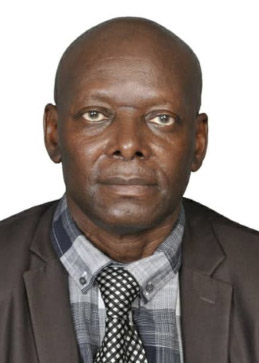SRR renews agreement with Denmark Technical College

From left: Denmark Technical College president and CEO Willie Todd, Jr. gives SRR chief operating officer and deputy project manager Mark Schmitz and SRR president and project manager Phil Breidenbach a tour of a student lab.
Savannah River Remediation (SRR), the liquid waste contractor at the Department of Energy’s Savannah River Site, signed a memorandum of understanding on October 7 with Denmark Technical College (DTC), one of South Carolina’s Historically Black Colleges and Universities (HBCU).
SRR signed an original MOU with DTC in 2019. The new MOU is effective through September 2021.


 Communities that host nuclear power plants face “swift and severe” economic and social impacts following a plant’s closure, according to a report by the Nuclear Decommissioning Collaborative that was released on October 12. The free, 61-page report,
Communities that host nuclear power plants face “swift and severe” economic and social impacts following a plant’s closure, according to a report by the Nuclear Decommissioning Collaborative that was released on October 12. The free, 61-page report,










 On March 9, the Department of Energy’s Office of Environmental Management (EM) released its first strategic plan in several years. Titled “A Time of Transition and Transformation: EM Vision 2020-2030,” and called the Strategic Vision1, the document outlines the past accomplishments in cleaning up legacy nuclear waste and provides a broad overview of the initiatives that EM plans to put into motion over the next decade, “laying the groundwork for a long-term plan to realize meaningful impact on the environmental cleanup mission.”2
On March 9, the Department of Energy’s Office of Environmental Management (EM) released its first strategic plan in several years. Titled “A Time of Transition and Transformation: EM Vision 2020-2030,” and called the Strategic Vision1, the document outlines the past accomplishments in cleaning up legacy nuclear waste and provides a broad overview of the initiatives that EM plans to put into motion over the next decade, “laying the groundwork for a long-term plan to realize meaningful impact on the environmental cleanup mission.”2 The future of nuclear energy is in cogeneration, according to a policy briefing released on October 7 by the United Kingdom’s Royal Society. (The equivalent of the United States’ National Academy of Sciences, the Royal Society, founded in 1660, is the oldest scientific institution in continuous existence.)
The future of nuclear energy is in cogeneration, according to a policy briefing released on October 7 by the United Kingdom’s Royal Society. (The equivalent of the United States’ National Academy of Sciences, the Royal Society, founded in 1660, is the oldest scientific institution in continuous existence.)